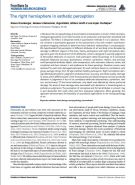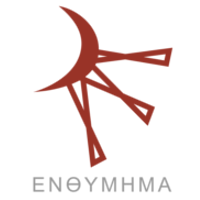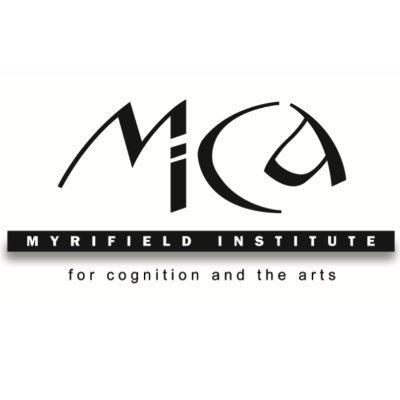
Last paper:
Grazia Pulvirenti, Renata Gambino, Neurohermeneutics. A Transdisciplinary Approach to Literature
- Peer review
- Submit a paper
- Suggest a paper
- Contact us
- Partner program
Anjan Chatterjee, Bianca Bromberger, Rebecca Sternschein, Page Widick, William Smith,
The Right Hemisphere in Esthetic Perception
 Source: Frontiers in Human Neuroscienc
Source: Frontiers in Human NeurosciencYear: 2011
DOWNLOAD PAPER
Download size: 4.95 MB
Little about the neuropsychology of art perception and evaluation is known. Most neuropsychological approaches to art have focused on art production and have been anecdotal and qualitative. The field is in desperate need of quantitative methods if it is to advance. Here, we combine a quantitative approach to the assessment of art with modern voxel-lesion-symptom-mapping methods to determine brain–behavior relationships in art perception. We hypothesized that perception of different attributes of art are likely to be disrupted by damage to different regions of the brain. Twenty participants with right hemisphere damage were given the Assessment of Art Attributes, which is designed to quantify judgments of descriptive attributes of visual art. Each participant rated 24 paintings on 6 conceptual attributes (depictive accuracy, abstractness, emotion, symbolism, realism, and animacy) and 6 perceptual attributes (depth, color temperature, color saturation, balance, stroke, and simplicity) and their interest in and preference for these paintings. Deviation scores were obtained for each brain-damaged participant for each attribute based on correlations with group average ratings from 30 age-matched healthy participants. Right hemisphere damage affected participants’ judgments of abstractness, accuracy, and stroke quality. Damage to areas within different parts of the frontal parietal and lateral temporal cortices produced deviation in judgments in four of six conceptual attributes (abstractness, symbolism, realism, and animacy). Of the formal attributes, only depth was affected by inferior prefrontal damage. No areas of brain damage were associated with deviations in interestingness or preference judgments. The perception of conceptual and formal attributes in artwork may in part dissociate from each other and from evaluative judgments. More generally, this approach demonstrates the feasibility of quantitative approaches to the neuropsychology of art.
Keywords: aesthetic
Project
The Neuro Humanities Studies Network aims at creating a multidisciplinary research community in order to develop and structure a linking platform for neuro-scientific, cognitive topics and humanities.
Click on each keyword to show papers related with it.









